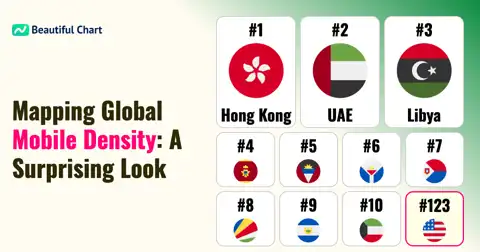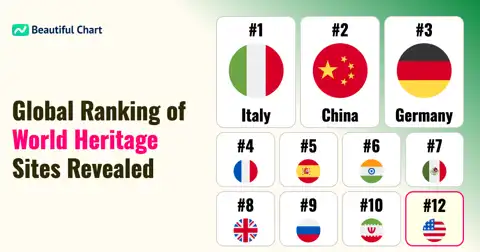This chart illustrates the distribution of the population by age and gender in Japan from 1950 to 2023. It shows the age composition of both male and female populations for each year, allowing for an analysis of changes in age distribution and gender ratio in Japan. This data provides essential insights into demographic shifts such as population aging and gender imbalance in Japan.
Population by age and gender refers to the distribution of the population across different age groups and genders at a specific point in time. It is a crucial indicator for analyzing population structure, aging trends, gender imbalances, and the effects of these demographic changes on economic and social dynamics.
| Rank | Name | Indicator | Subindicator |
|---|---|---|---|
1 | 14.64% | 8M 770K people | |
2 | 14.07% | 8M 427K people | |
3 | 13.90% | 8M 807K people | |
4 | 13.68% | 8M 672K people | |
5 | 12.95% | 8M 207K people | |
6 | 12.79% | 7M 665K people | |
7 | 12.06% | 7M 226K people | |
8 | 11.75% | 7M 445K people | |
9 | 11.11% | 6M 655K people | |
10 | 10.30% | 6M 168K people | |
11 | 10.07% | 6M 381K people | |
12 | 9.67% | 6M 128K people | |
13 | 9.31% | 5M 901K people | |
14 | 9.15% | 5M 483K people | |
15 | 8.27% | 5M 240K people | |
16 | 7.60% | 4M 554K people | |
17 | 6.91% | 4M 137K people | |
18 | 6.86% | 4M 348K people | |
19 | 3.35% | 2M 124K people | |
20 | 1.35% | 806,806 people |





